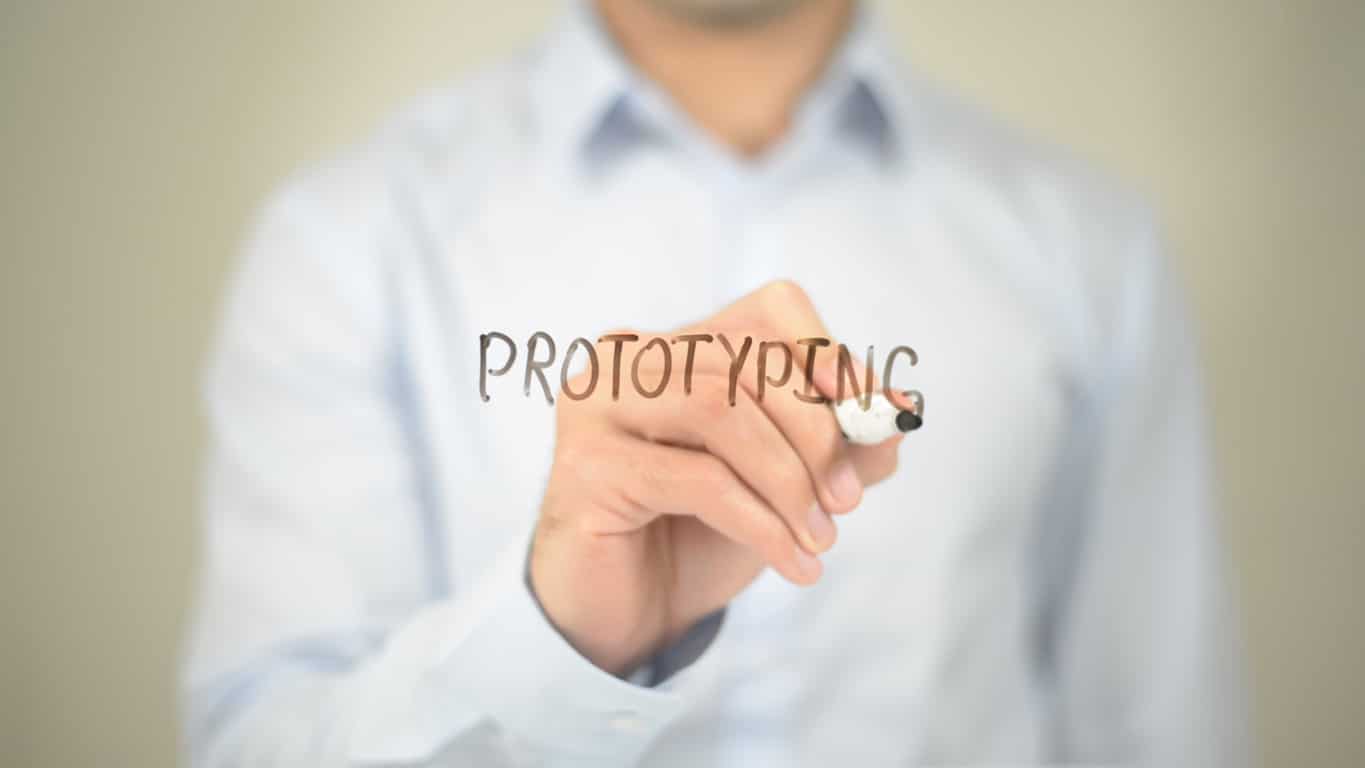Why and When You Need Rapid Prototyping?

Follow this efficient design model to save time and money while creating courses
Instructional designers often find themselves playing the role of the project manager, taking on the responsibility for establishing project timelines and communication schedules in addition to actually creating the learning content. The seemingly innocent and often asked question, “How long will it take you to make this?” may be anxiety-inducing for instructional designers whose short answer is, “It depends,” and whose long answer involves a detailed explanation of various project milestones, the significance of each step of the design process, and their other competing demands.
When the rapid pace of business and tight project timelines do not permit instructional designers to devote long periods of time to following formal design processes such as ADDIE, other methods such as rapid prototyping can be followed. Rapid prototyping is an iterative approach, where designers speedily move through a continuous design process, beginning with preliminary models then creating more sophisticated models as they receive feedback throughout the design process. Each prototype is the minimum viable product for that point in the design process, and the product is updated and improved continuously until it is deemed sufficient to meet the needs of the project.
In short, rapid prototyping is a three-step process, consisting of prototyping, reviewing, and refining, then repeating these steps as needed until the project is deemed complete.
If you’re new to rapid prototyping, you may be asking yourself the following questions:
What Exactly Does Rapid Prototyping Look Like in Instructional Design?
Rapid prototyping could begin with the instructional designer drawing out a low-tech, pencil and paper mock-up of a course, to how learners will progress through the course from topic to topic, and how the interactions within the course create a rewarding experience for the learner. This concept map will help others to quickly see the designer’s vision. For the next step, the designer could write a storyboard that includes the actual wording and imagery they will use in the course (as much as possible). Taking the time to get approval of the storyboard will save time later; this gives the designer the confidence that the content they build in the authoring tool will meet their stakeholders’ approval. Their first draft of the course could even be used with a focus group before the intended learners see it, and feedback from the focus group could guide the designer in developing the final product.
This iterative process allows the designer to move with confidence and support from version to version, making informed design decisions based on feedback and guidance from their various stakeholders.
When to Use Rapid Prototyping in Instructional Design
- When working with new subject matter experts (SMEs): If your SMEs or other stakeholders are not familiar with the instructional design process, or if they aren’t ready to sign off on your concept for a course because they can’t envision a “branching scenario” or a common eLearning interaction, a rapid prototype can help them to quickly see and understand your vision.
- When a course is complex: Courses that have complicated or open navigation, as well as courses that contain numerous multimedia assets can benefit from rapid prototyping so that stakeholders gain an understanding of the course action early in the design process.
- When the look and feel of a course are important: If your project is high profile, has executive stakeholders, or must reflect strict branding guidelines, the look and feel of the course can be equally as important as the content itself. Rapid prototypes ensure the design is in alignment with everyone’s expectations, as changes to the design can be quickly made at each and every iteration.
- When the project timeline is short: Rapid prototyping is called “rapid” for a reason. This model allows designers to build viable products and make changes as needed without slowing down the design flow.
No matter the reason, rapid prototyping is an efficient model to follow when you need to develop something fast to keep your stakeholders satisfied.
What Are the Benefits of Rapid Prototyping?
- Increased communication between designers and other stakeholders: For this process to work, designers and their stakeholders must be in frequent communication. By following the process of prototyping, reviewing, and refining, designers will find many opportunities to meet regularly with their stakeholders.
- Expectations are established early (but are also allowed to change!): Rapid prototyping allows decision makers to see results early in the design process. They have the opportunity to give feedback before designers have invested too much time or too many resources in the project to change course.
- Collaboration and teamwork define this process: Cross-functional teams may experience smoother collaborations and improved teamwork when using a rapid prototyping approach. Their frequent communication may lead to experiencing a heightened sense of partnership as they work together to build the final product, as opposed to the instructional designer working in isolation over a long period of time, laboring over a course that may not represent the stakeholders’ vision.
Would you like to collaborate with instructional design experts who can rapidly prototype your dream courses? Let’s talk!
